How to Use Targeted Content to Attract More Customers
Providing valuable content to those we aim at is the primary key to growing any business naturally. When you demonstrate how your solution addresses their pain points rather than telling them, potential customers trust you. When trust is established, there will be higher conversions and retention.
As far as content marketing is concerned, most marketers use the spaghetti technique. They throw a lot of content onto the internet and hope some of it sticks. This method works, but better ways to optimise your marketing efforts exist.
For any piece of content to work effectively, personalisation is necessary. The more focused you are on a sure thing or person, the better results you get with marketing it. You can achieve this by targeting audience or customer journey stage-specific content marketing.
In this article, we will look at the following;
- What Is Targeted Content?
- How To Create A Targeted Content Strategy
- Benefits Of Targeted Content
- How To Use Targeted Content Marketing
Let’s get started!
Table of Contents
What Is Targeted Content?
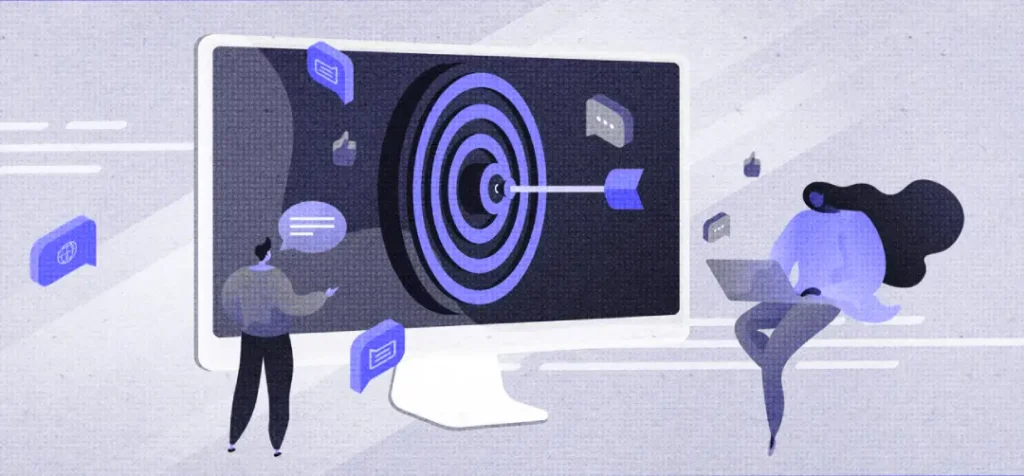
Targeted content is the type of content that is specifically created for a particular audience. It should help create awareness about your business, foster discovery, and encourage comparisons while driving potential customers towards conversion. This means that targeted content is not a one-size-fits-all strategy.
People go through different stages before buying anything: awareness, consideration, and conversion. These are the main parts of the marketing funnel.
- Top-of-the-funnel (TOFU) marketing builds awareness of the problem.
- Middle-of-the-funnel (MOFU) marketing builds awareness of the solution.
- Bottom-of-the-funnel (BOFU) marketing builds awareness of your product.
For instance, let’s assume you’re a graphic designer. A TOFU article on ineffective branding might talk about various causes like lack of unique brand proposition and visual branding inconsistencies. Then, a MOFU article will provide solutions such as creating a brand strategy for a digital design studio or using digital asset management tools. Finally, BOFU articles should speak to the benefits of your services.
Therefore, if most of your pieces are about services, you won’t make sales because you haven’t laid the foundation. Nothing turns prospects off like a sales pitch without context. Sharing relevant content with them increases the chances for customers to be convinced to take desired actions.
In simple terms, this means that before writing any form of content, ask yourself: what does my audience need? What do they want to know?
How To Create A Targeted Content Strategy?
So, how can you know what content your audience wants? That’s where a targeted content marketing strategy comes in. Many businesses think they know who their audience is. In reality, they’re marketing to who they want their audience to be.
A content strategy is a roadmap that tells you how to create and share content that appeals to your customer base. It identifies and outlines your target audience, the business goals you wish to achieve, the content and channels you will use, and metrics to measure success.
A targeted content strategy follows the same steps, except the focus on the target audience is sharper. That affects the market research you conduct, the customer personas you develop, and the metrics you use to determine success. Let’s look at the critical components of a good targeted content strategy:
1. Information Gathering
The first step to creating content that aligns with your audience’s needs is information gathering. Knowing your customers means being familiar with their pain points, interests, and preferences. When you gain a deep understanding, you can create content that resonates with them.
So, in your information gathering, ask yourself: What daily tasks do customers struggle with? What motivates them? Do they understand how your product helps them resolve their problems?
You can also use the Jobs to be Done (JTBD) framework to identify your customers’ needs. Customers don’t buy products for their function or features. They buy them to get a job done. Ask yourself: What did your customers buy your product or service for?
You can get all the information above through surveys, questionnaires, and interviews.
Client reviews also contain valuable information.
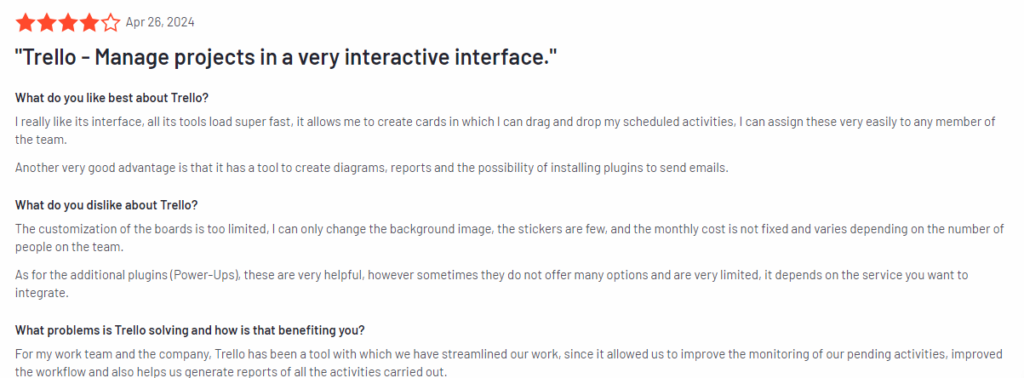
For instance, check out the review above. It highlights the pros and cons of Trello, such as its interface and diagram features from the perspective of the customer. That essentially shows you the customer’s likes and dislikes.
Besides collecting data about your target audience, you should conduct competitor research. It allows you to discover content gaps, opportunities, and topic trends.
A content gap is the difference between a user’s search intent and the results they receive. For example, are the search results for the specific keyword mostly articles about benefits and strategies? Then, you can provide content with real-life examples, giving you a competitive edge.
What kinds of content are your rivals creating? Are they targeting a customer segment you’re not? How do they use specific content? For instance, do they use podcasts for brand awareness or customer retention?
Competitor analysis software provides data on your competitor’s top-performing content, relevant keywords, valuable backlinks, social media, and PPC ads.

For instance, Ahrefs’ content explorer lets you discover the top content in your niche. It shares vital SEO (search engine optimisation) metrics like domain rating, page traffic, and traffic value.
With this information, you can create targeted content that stands out in the market.
2. Developing Buyer Personas
Buyer personas are data-driven characterisations of your ideal customer. When you develop buyer personas, you can have a visual guide for creating your targeted content. A buyer persona provides a complete picture of your target audience. It incorporates everything from demographic data to psychographic information.
The example below is a fictional buyer persona of a character from the hit show Squid Games.

You will need to develop multiple buyer personas for the different market segments you’ll be targeting. Doing so forces you to think about your buyers strategically and craft personalised content for their needs.
That is especially true for B2B businesses. The B2B customer journey is longer than that of B2C companies and involves multiple people. The social media manager you contacted for your content writing services may be someone other than the decision maker. Consequently, you should create different content for the social media manager and CEO.
You might say, but isn’t that a lot of work? It is, but it’s necessary to work to get the best results from your marketing. You can always use generative AI if you don’t have time to create multiple buyer personas. If you also lack the time to create targeted content for each buyer persona, there are AI templates you can leverage. With them, you can easily create press releases, product descriptions, job descriptions, and even emails in a few clicks. You just have to specify your requirements–for instance, the type of press release you’re looking for–and the AI will produce your quality content.
3. Measuring And Analysing
You must establish metrics to prove your content strategy is working. There are several key performance indicators (KPIs) you can use. Here are a few you should be tracking.
- Click-through rate (CTR) – measures how many people click the call-to-action (CTA) on your content. It signals content relevance and timing and provides insight into the type of content that interests your customers. For example, if infographics generate higher CTR than blogs, consider using more image-based media.
- Traffic – measures how many people visit your website or view a web page. It shows you which content generates the most traffic and where it comes from. That allows you to optimise those channels and content for future campaigns.
- Time spent on page – measures how long visitors spend on a web page. In other words, it tells you whether your content is engaging. The longer people stay, the more compelling the content is. What is considered engagement varies by media type and platform. For example, YouTube counts visual video engagement as a view after 30 seconds, while Instagram counts it after three seconds.
- Bounce rate – measures how many people leave your website after viewing the landing page. Generally, a high bounce rate means users don’t find your content appealing, but that’s not always true. Single-page blogs will always have a high bounce rate regardless of how long users spend on the page.
- Number of backlinks – measures the relevance and quality of your content. Backlinks signal to search engines that your content is worth sharing and should rank high on search results pages. That said, not all backlinks are equal. Backlinks from popular and trusted sites are more valuable than websites with low authority.
We’ll talk more about how you can monitor these metrics and the overall content performance on your website and social media pages later.
Benefits Of Content Targeting
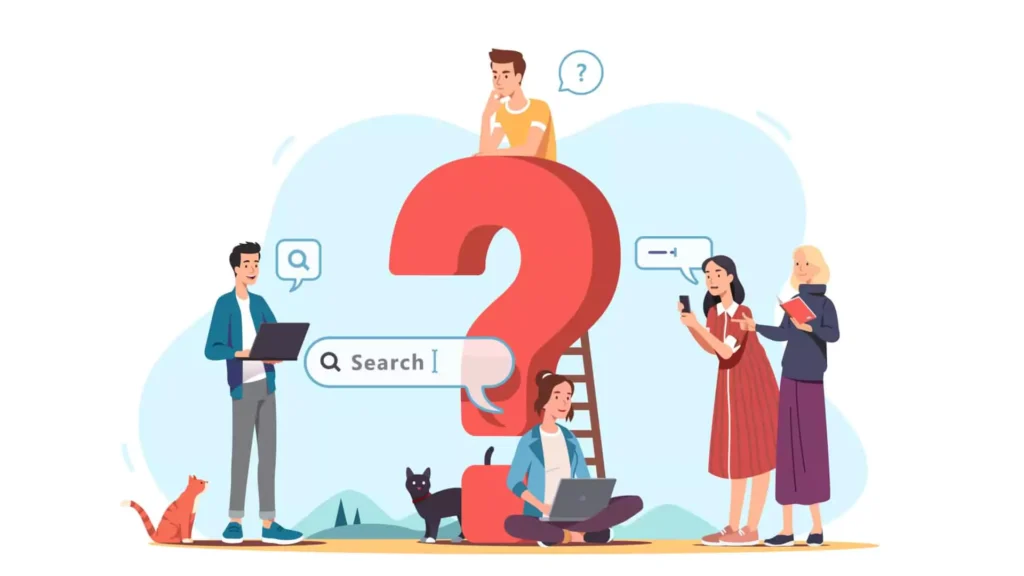
We’ve only briefly mentioned some benefits of targeted content. Just to give you a better appreciation for content targeting, here’s how it can enhance your marketing campaigns' effectiveness
1. Enhanced Relevance
The reality of marketing nowadays is that consumers are becoming more discerning. Skippable ads and ad blockers allow them to overlook content they’re not interested in. With thousands of brands fighting for customer attention, targeted content enables you to stand out amid the marketing noise.
By delivering the right content to the right customer at the right time, you show them that you understand their experience and have tailored solutions.
Targeted content based on the customer journey ultimately ensures a seamless customer experience, building, increasing customer loyalty, and improving overall satisfaction.
2. Better Audience Reach
Although you don’t necessarily reach a wider audience with your targeted content, you get an audience likely to take your desired action. That’s far more important if you want to ensure business success.
Just think about it. Assume a company that sells email marketing software and churns out blog posts read by email marketers. Assume another that produces content practically everyone reads–from high school students to bicycle enthusiasts and sneakerheads. Now, which company is more likely to generate conversions? The first, right? After all, email marketers will always be interested in email marketing software. They’re more likely to go to the company’s email marketing software website, ask for a free trial, sign up for its email list, or register for its email marketing webinar.
On the other hand, students, bike enthusiasts and sneakerheads won’t necessarily have the same interest. It’s always possible they just read the company’s articles out of boredom or because they were curious about the engaging article images. High school students, sneakerheads, and bicycle enthusiasts won’t necessarily hit that Buy button or sign up for the company’s email marketing webinar.
3. Cost-Effectiveness
Cost per acquisition (CPA) measures how much money you spend getting new customers. Lowering CPA indicates you’re getting more value for every marketing dollar you spend.
A targeted content strategy lets you focus resources on audience segments and marketing channels that deliver the best results. Consequently, you lower customer acquisition costs and improve ROI (return on investment).
Four targeted content tips to gain customers
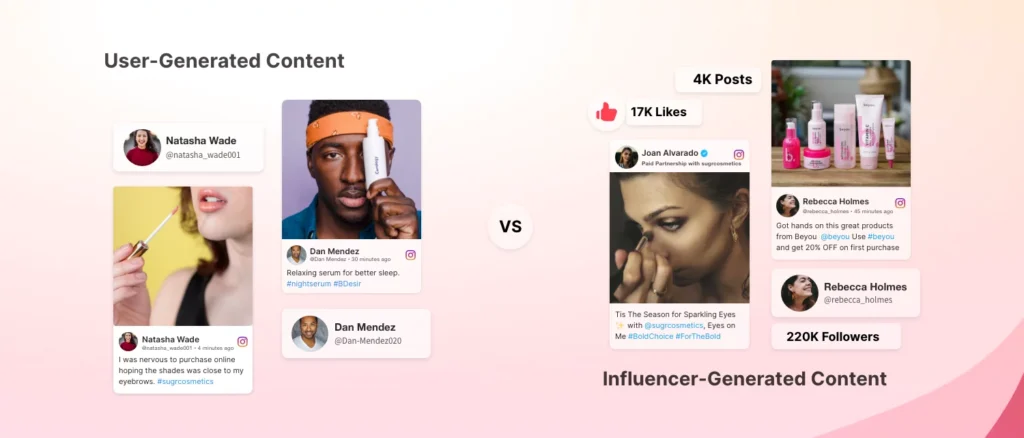
We’ve defined targeted content and discussed the benefits. Let’s see some targeted content tips you should follow to generate customers.
1. Personalise Other Elements Of The Message (If Possible)
As we’ve seen, your goal in creating tailored content is to make your audience feel like what they’re consuming was made specifically for them. If your content touches on your target audience’s pain points, they will likely engage. For instance, the content marketer of a scaling company worried about keyword rankings is more likely to read an article on top SaaS SEO agency services than a generic industry trends report.
But the main content isn’t the only thing you should personalise in targeted content marketing. You need to ensure the other elements of your message are also tailored to your target audience.
This is especially true if you’re emailing or launching a social media ad campaign.
Why not include your recipient’s name in your email subject lines? They will help ensure your recipients click the email in the first place. Including your recipient’s name in the email body constitutes good email practice.
You also want to ensure your message is tailored to your target audience’s preferences and experiences.
If you’re an eCommerce company, sending an email or displaying a Facebook ad about your latest sneakers to someone who just viewed your bags site section will only raise eyebrows. On the other hand, an abandoned cart email like the one below sent right after someone leaves an item in their cart without checking out will be appreciated. A Facebook ad showing the same item will yield the same response. We’ll talk about social media targeting later.
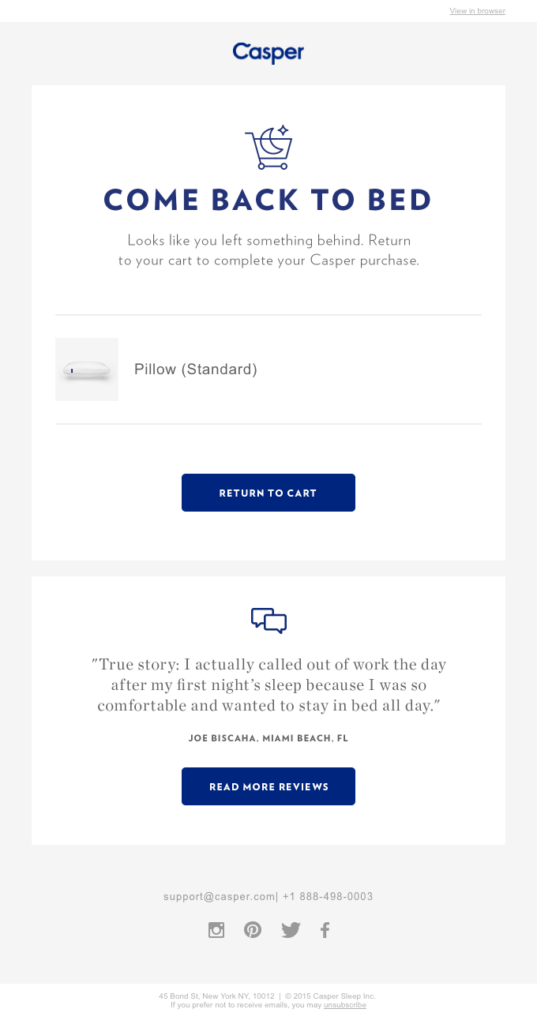
Over 70% of customers expect personalised communication from brands. And by“personalised communication,” they mean really personalised communication. Personalisation matters because it makes your customers feel valued, increasing customer loyalty, retention, and business growth.
2. Provide Educational Information For Your Audience, Both Existing And Potential
Make sure your targeted content isn’t always promotional. Over 80% of consumers would like to receive promotional emails “at least monthly,” but only 15% would like to receive them daily. These stats only mean that while promotional content should be part of your targeted content strategy, it shouldn’t be the only type of targeted content you send.
Consumers are 131% more likely to buy from a brand that provides educational content.
So, create and offer case studies, comprehensive blog posts, and infographics that cater to your target audience. Sharing industry insights and offering webinars and tutorials help as well. These types of valuable content don’t just catch your potential customers’ attention. They get your potential customers to buy as well.
Targeted content is as much about customer acquisition as it is about customer retention. Your work doesn’t end when the customer makes the purchase. If you sit on your laurels, you risk losing them to competitors. This might be a significant blow to businesses with recurring revenue models. After all, retaining customers is how they make money.
Therefore, whatever your type of company, you must continue to send this type of targeted content that informs. It helps you nurture relationships with your existing customers and build trust enough for them to stick with your brand.
3. Use Social Media To Target Your Audience Further
Social media also offers a variety of ways to show your tailored content to specific audiences. In other words, it helps you further target your audience with your already-targeted content. These social platforms offer different forms of targeting:
- Geographic targeting – based on location, i.e., city, country, continent
- Behavioural targeting – based on browsing behaviours such as page visits, searches, clicked links
- Predictive targeting – uses machine learning to build lookalike audiences
- Retargeting – based on prospects who have displayed interest in your business
- Custom targeting – based on data from your CRM software or email lists
- Contextual targeting – based on surrounding content
- Demographic targeting – based on available personal data
While most social media channels allow you to specifically target audiences based on age, gender, location, and behaviour, there are key differences. For example, Facebook offers additional targeting based on relationship status, TikTok offers device targeting, and X (formerly Twitter) allows you to target competitors’ followers (see below):
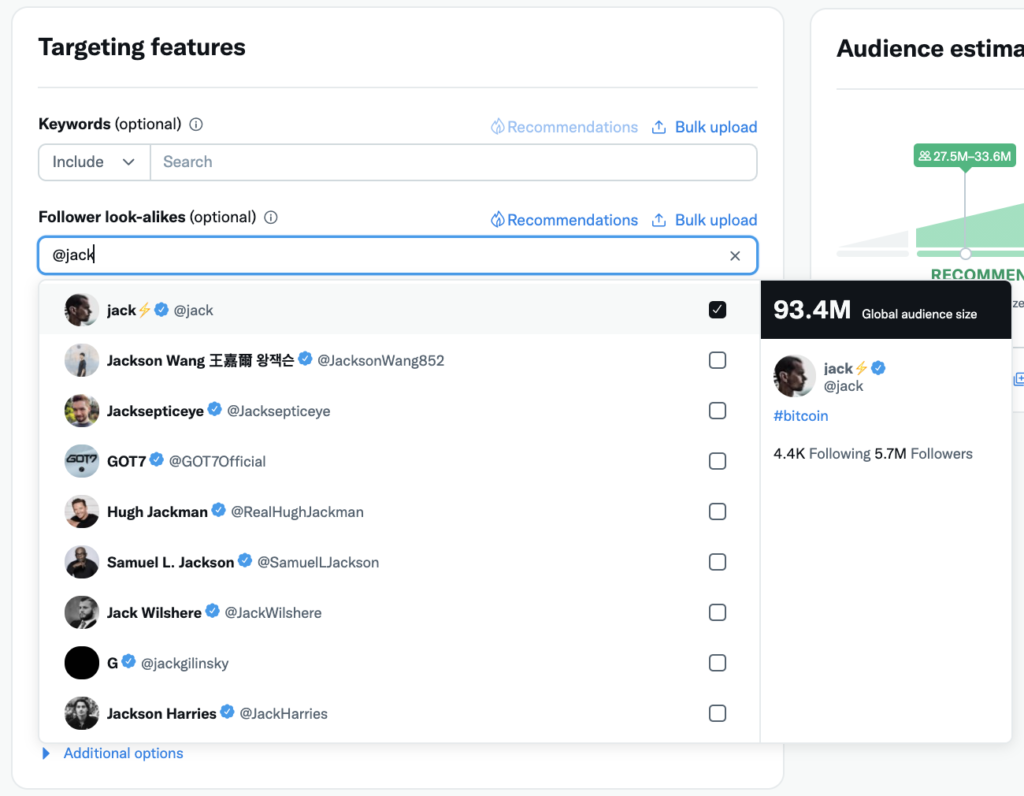
You can easily set your targeting criteria for your content on your chosen social media platform by following the tool’s instructions. Just to give you an idea, though, here’s how to leverage detailed targeting with your Facebook ads:
- Go to your ad set and select Audience Preferences by location, gender, age, and language.
- Go to Detailed Targeting. Specify your target audience's other demographic data, interests, and behaviours.
- Check Narrow Audience to reach an even narrowed-down audience with your targeted content. For instance, if you specified “sports” as an interest criterion in the previous step, in this section, you can specify what sports you’d like your target audience to play (e.g. basketball, badminton, etc.…)
- Specify what demographics, interests, and behaviours are to be excluded, if any.
Leveraging these social media marketing features will help you reach the right people with your targeted content. In essence, you end up not just hoping they read your content because it’s tailored to their preferences and interests. You get that tailored content in front of them so they can engage with it.
4. Make Use Of Your Analytics
So, you’ve created all this targeted content. You still need to know whether your targeted customers are responding as expected. This will allow you to make changes to your future campaigns so you can get better results.
Here’s where analytics comes in.
We’ve already discussed various metrics you should track to measure success, but how can you apply these insights to future campaigns?
- Use bounce rates to identify low-performing content pages.
- Use traffic and time spent on the page to identify content gaps. If you generate considerable traffic but the time on the page is low, you’re not meeting the customer’s needs.
- Use audience data to identify high-traffic sources or bounce groups and focus on creating relevant content.
There are technologies you can leverage to get all this analytics data. Google Analytics, for instance, can tell you a great deal about how your site-targeted content performs. Social media platforms have analytics tools that give you essential post details like likes, comments, and shares. Then, there are third-party analytics tools that can give you even deeper insights into how your audience interacts with your targeted content, like the estimated minutes of your video watched or your social media post link clicks.
Content marketing isn’t an exact science. However, analytics helps you make better-informed decisions. Use it to your advantage.
Conclusion
Millions of customers are optional for success. Instead, the right amount should be enough. Targeted content can resonate with potential customers and meet them at their buying stage.
The more your content narrows down, the better it becomes in focusing on prospects and converting them. This is because you aim at leads with higher chances of converting. As a result, costs incurred when acquiring clients will decrease while ROI shoots up.
You should learn one thing from this article: understanding clients marks the start or end point for any successful targeted content strategy. By putting yourself into their shoes and identifying where they hurt most and what moves them, powerful marketing that pulls in these people will be realised.
Author Bio: James Westfield is Marketing Manager for Writer, an AI writing platform built for teams. He has worked in this industry for over ten years now. If James isn’t found at his desk, he could be somewhere on a golf course playing golf.
